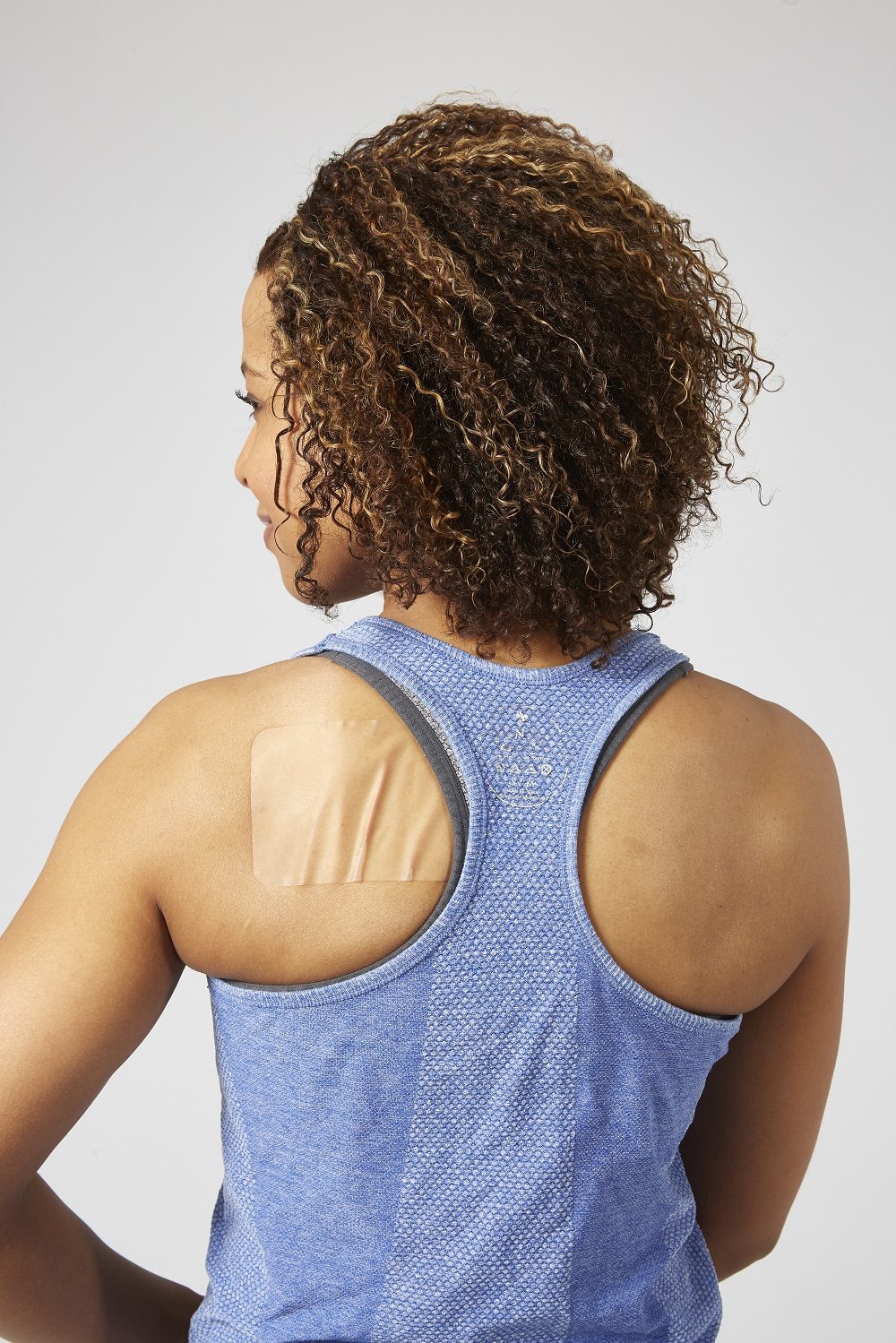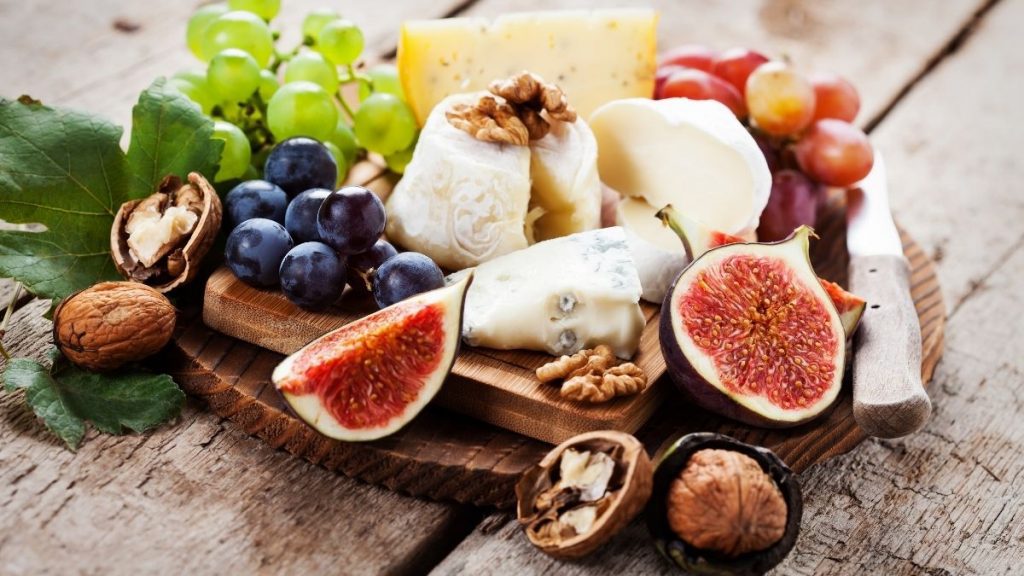
Vitamin D quantities are measured in International Units (IU), with one IU being equivalent to 0.025 micrograms. One microgram is therefore 40 IU and one milligram is 40,000 IU. The research we quote can use IU and grams interchangeably.
Vitamin D is known as the “sunshine vitamin” for good reason – it’s produced in your skin in response to sunlight. Arguably one of the most important vitamins for overall health, vitamin D affects the whole body. From maintaining bone health to boosting the immune system, this vitamin is a real powerhouse.
What many people don’t realise is that vitamin D is technically not a vitamin at all – it’s a hormone. When your body absorbs the vitamin from sunlight, food or a supplement, it turns it into a hormone called calcitriol (also known as activated vitamin D). This hormone is essential for good health and can even protect you against certain diseases. Luckily, when you get enough sunlight, your body makes around 90% of the vitamin D it needs, while the other 10% comes from vitamin-rich food.
This is where things get tricky. For older adults, people with darker skin and those who spend lots of time indoors, it can be very difficult to get the amount of vitamin D they need. The NHS recommends that people in the UK take a daily supplement for this reason, particularly during autumn and winter.
Even when there is enough sunlight to provide you with all the vitamin D you need, exposure to the sun’s damaging UV rays comes with its own risks. Striking a balance between getting enough vitamin D from sunlight and protecting your skin from burning can be difficult, especially if you have fair skin, freckles and moles or a high risk of skin cancer.
For many it is sensible to top up vitamin D levels with supplements and a diet of nutrient-rich food.

Why Do You Need Vitamin D?
Vitamin D has several major functions. One of the most important is that it facilitates the absorption of calcium and phosphate in the body, which are both necessary to build and maintain bones. Meanwhile, a vitamin D deficiency can have a serious impact on your health. Low levels of the vitamin can result in bone deformities, such as rickets and a painful condition known as osteomalacia.
Supporting the immune system is another crucial job of hardworking vitamin D. So, to maximise your body’s ability to fight off illness, it’s worth upping your intake during the winter months. The NHS recommends that all adults and children from the age of one need 10 micrograms of vitamin D each day. But if you can’t, or don’t, get enough sun exposure, it’s time to turn your attention to other sources of the vitamin.
Naturally Vitamin D-rich Foods
Some foods are naturally high in vitamin D, so including them in your diet is a great way to increase your intake.
Salmon
When it comes to foods high in vitamin D, this oily fish is one of the best. In fact, the United States Department of Agriculture’s Food Composition Database says that a single 100-gram serving of farmed Atlantic salmon contains 526 international units (IU) of vitamin D. This makes up an impressive 66% of the recommended daily value (DV). Wild salmon packs an even bigger punch. On average, wild salmon contains 988 IU of the vitamin per 100g serving or 124% of the DV.
Canned tuna
This is a quick and easy way to add vitamin D to your diet. In a 100g serving of canned tuna, you’ll get up to 268 IU of vitamin D, or 34% of the DV. Unfortunately, canned tuna also contains the toxin methylmercury, which can cause serious health issues when eaten in large amounts. That’s why it’s a good idea to stick to light tuna, which contains lower amounts of mercury and comes with the added bonus of beneficial omega-3 fatty acids.
Egg yolks
If you’re not a fan of fish, don’t panic. Instead, reach for eggs, which are another great natural source of vitamin D. One typical egg yolk contains 37 IU or 5% of the DV. However, vitamin D levels in eggs depend on the quality of the chicken feed and how much sunlight the chickens are exposed to. One study found that pasture-raised chickens produced eggs with vitamin D levels 3-4 times higher than that of indoor chickens, even when both groups were given the same feed.

Foods Fortified with Vitamin D
Natural sources of vitamin D are limited and it can be particularly difficult for vegetarians and vegans to consume enough of it. But some common foods are fortified with vitamin D, which makes reducing the risk of deficiency easier.
A recent study highlighted that the lowest coronavirus infection rates in northern Europe were found in Scandinavian countries, where foods are commonly fortified with vitamin D.
Cows’ milk
Cows’ milk is fortified with vitamin D in some countries. Fortified milk typically contains 115 – 130 IU per cup (237 ml) or about 15 – 225 of the DV, so it’s a great way to top up your vitamin D levels. But only certain brands of cows’ milk are fortified with nutrients in the UK, so it’s worth keeping an eye out.
Soya milk
If you’re lactose intolerant, or if you eat a vegan diet, you’ll need to find an alternative to dairy. Luckily plant-based milk substitutes, such as soya milk, are often fortified with vitamin D. One cup of soya milk (237 ml) typically contains 107 – 117 IU of the vitamin, or 13 – 15% of the DV.
Orange juice
Another great alternative for non-dairy drinkers is fortified orange juice. Start your day with one cup (237 ml) of fortified orange juice for an instant 100 IU dose of vitamin D or 12% of the DV.
Cereal & Oats
Fortified cereals can be good additional sources of vitamin D. Some fortified cereals provide between 54-136 IU or up to 17% if the DV.

Other Sources of Vitamin D
Although it’s much easier to get enough vitamin D from the sun during summer, it’s a completely different story in winter. As people spend more time indoors and less time exposed to sunlight, the risk of vitamin D deficiency increases. Fortunately alternative solutions are becoming increasingly available. From patches to chewable tablets, it’s never been easier to keep your vitamin D levels topped up.
Vitamin D supplements
A daily dose of vitamin D is now considered essential for many people, including pregnant women and older people. But the vast number of supplements on the market can be overwhelming, so choose one that suits your lifestyle and dietary preferences.
- Capsules – Tablets are a fuss-free way to supplement your vitamin D intake. Vegans can also find suitable capsules in most health shops.
- Vitamin D drops – Drops are an easy way to boost your child’s vitamin intake without them even realising. If your child doesn’t like taking the drops directly, try mixing them with their favourite juice or food.
- Chewable vitamin D tablets – These chewy tablets look and taste just like sweets! But they typically contain the recommended daily amount, so they’re perfect for anyone who already takes a lot of pills and doesn’t want to feel like they’re medicating further.
- Vitamin Spray – For an instant dose of Vitamin D, try a spray. These are faster-acting than tablets, as they bypass the digestive system and enter the bloodstream directly.
To Better Days Active Patches can complement a vitamin D-rich diet
If you are using our patches to soothe discomfort in your joints or muscles, your body will be benefiting from an extra dose of vitamin D. Vitamin D has long been known to have a beneficial impact on chronic pain, and in combination with dextrose it is used in our patches to calm the pain receptors in damaged nerves. Quick and easy to apply, our all-natural patches can provide relief from discomfort for up to 24 hours.
Each large patch contains at least 10,000 IU of vitamin D and once applied to the skin, the contents of the patch are absorbed straight into your muscles and tissue. Any excess vitamin D that isn’t used directly by the nerves is dispersed throughout the body and can help to boost the body’s general health.

If you’re concerned about the possibility of consuming too much vitamin D, check out our blog post. However, for the majority of people, vitamin D deficiency is a far more common issue. Without enough of the ‘sunshine vitamin’, it’s difficult to maintain healthy bones and a strong immune system. So, by combining vitamin D-rich foods with high-quality supplements, you’ll be giving yourself the best chance possible to achieve optimal health.



